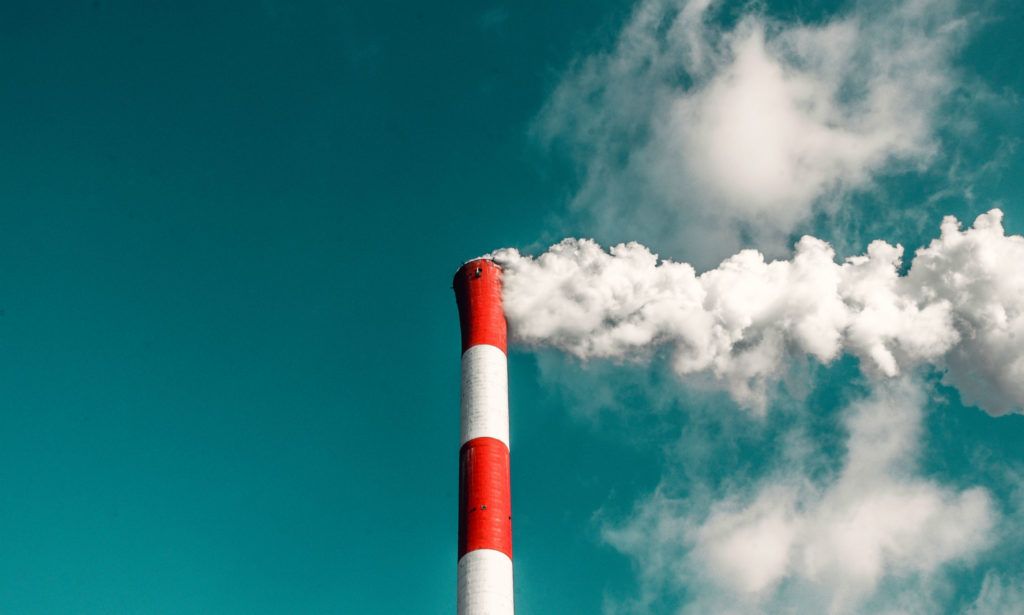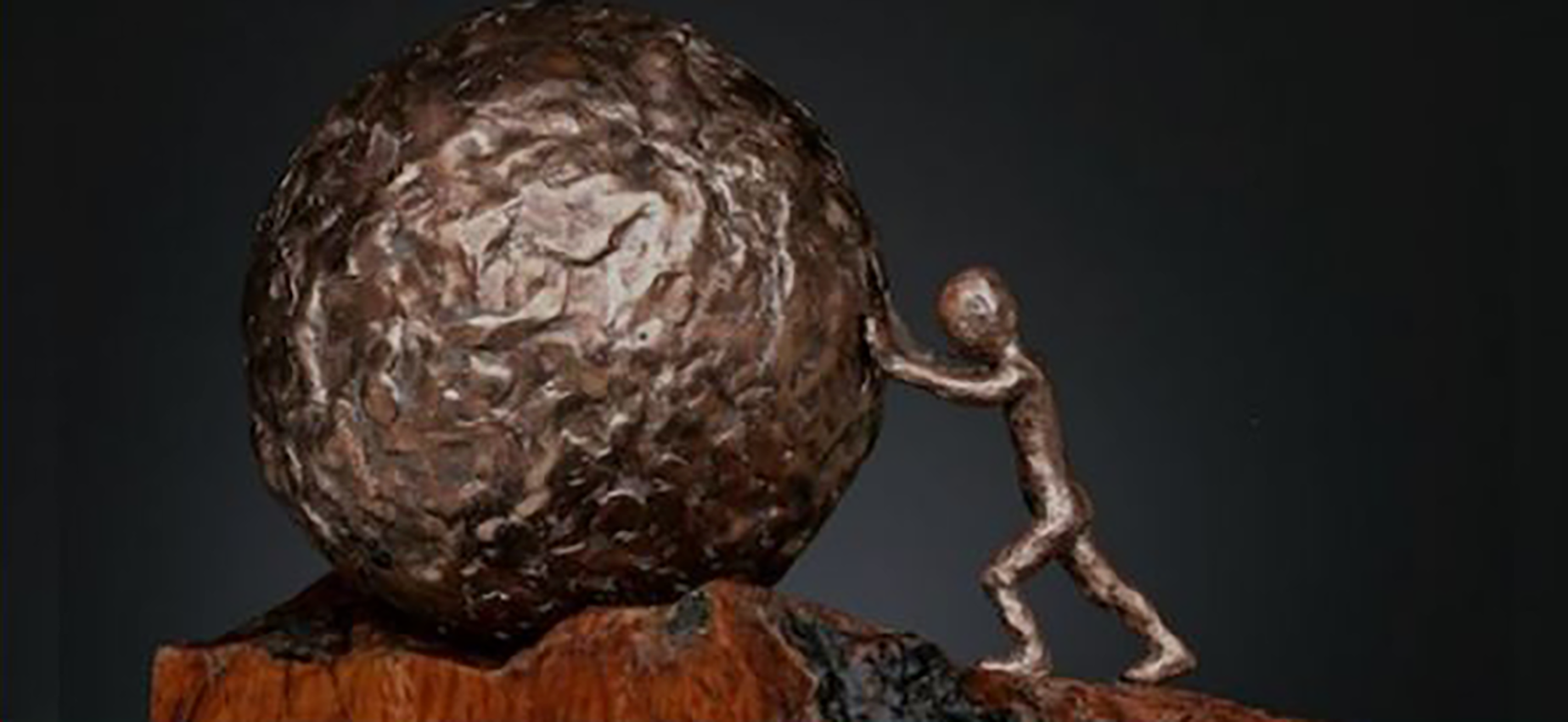They were beautiful images. The Hague is flooded more than fifteen thousand students. And where it used to be the media that shared the images of such protests, nowadays it is the activists themselves who determine the images and distribute them via social media. The first images of crowded trains with children, young people, parents, teachers appeared early on timelines of social media. A touching note passed by with all kinds of tips on how you as an individual can contribute to a better climate. The flow continued all day until the young people gathered on the Malieveld.
The climate is of course not a new issue. But where media and politicians still fight with each other in a somewhat traditional way, students decided to take to the streets. Inspired by examples from surrounding countries and publicly supported on the day itself by more than three hundred scientists. The only dissonance was one national newspaper that filmed schoolchildren in a fast food chain and thus framed the participants of the # climate march in a negative way.
Issues come and go, and usually develop according to the same pattern in a number of phases. These phases of the so-called issue curve are, as it were, comparable to a roller coaster, where the issue is hoisted upwards in the first phase with combined forces until it gains sufficient force at the top of the roller coaster itself to hurtle back down. To then start the next loop of the roller coaster; from slumber and agenda-setting to decision-making, implementation and the fading of reality. As in our book Issue thinking has been extensively discussed.
The climate issue has been dormant for some time and has now been put back on the map not only by the climate tables, but also by thousands of students. And various politicians also indicated that they wanted this important signal of the young people. Let's hope that it will also lead to decision-making and implementation. It is up to others to do that. Because there is often a plan B, but no Planet-B






